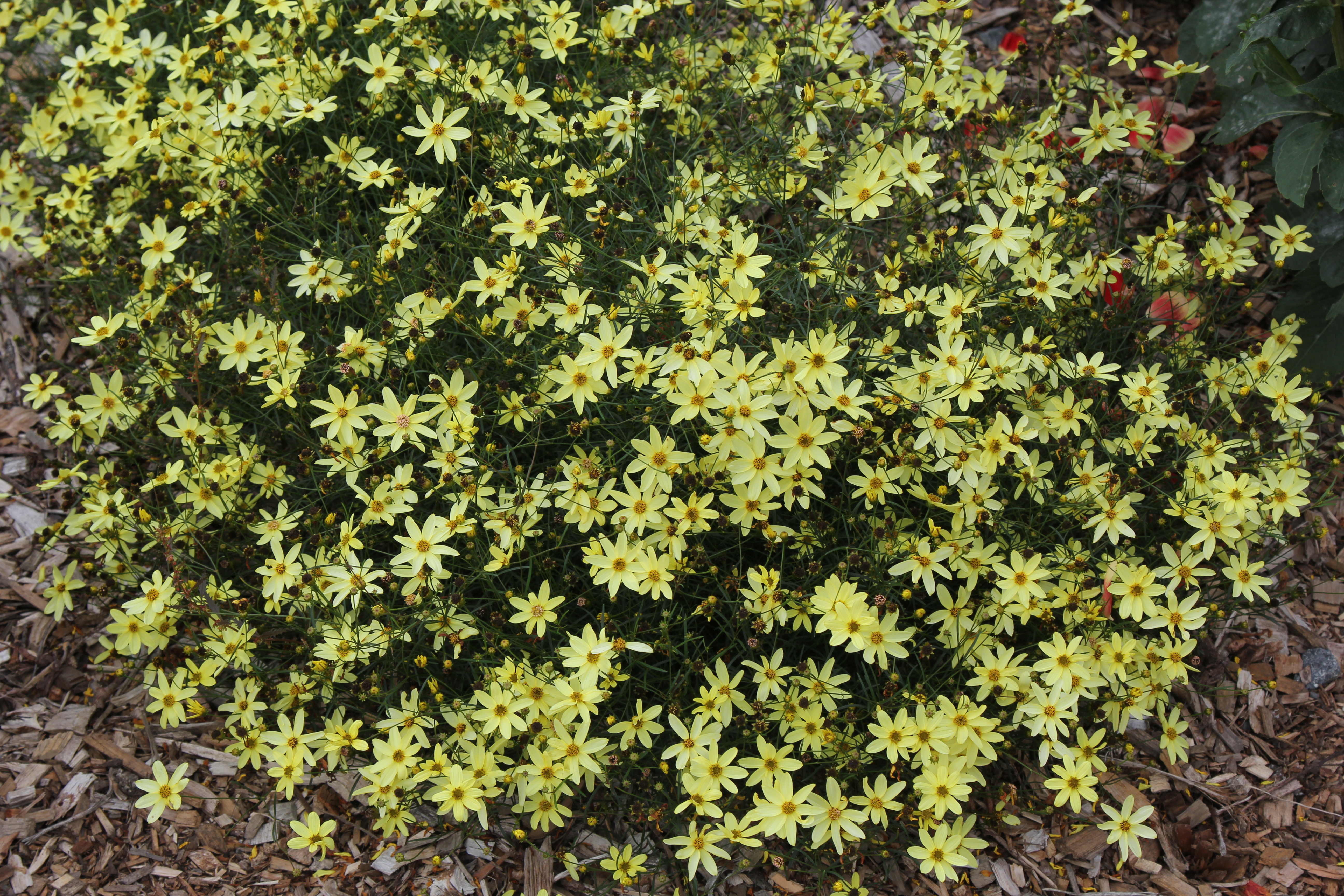With suitable preparation and care perennials will grow and flower well year after year. They benefit from a weed-free well-drained soil rich in organic material. Prepare the planting site when soil is moist and easily worked after the first rains in autumn. Remove all perennial weeds and incorporate bark, compost or other organic material. On heavy soils raise the level of beds and borders with extra topsoil and coarse pumice or sand. Plant when the soil is moist and warm in autumn or early spring so that a good root system develops to support vigorous new growth. Planting too closely leads to spindly growth, poor flowering and eventual decline. In a border, plants should just touch each other to create a full effect without overcrowding.
Always choose healthy well-grown plants. Before planting ensure the root ball is saturated and remove the planter bag or pot with minimal root disturbance. Trim any broken roots and plant at the same level as in the container. Dig a hole twice the diameter of the root ball and firm in and water once planted. Make sure plants are watered well until established if planting in a drier period. Plant with some general slow-release fertiliser and then every spring apply an organic-based fertiliser such as blood and bone at a handful per square metre as new growth begins. Control slugs and snails to prevent damage to tender young shoots. Mulch with bark or similar material in spring to conserve moisture. Water during dry summer periods to prolong flowering.




.jpg?width=1200&height=1200&v=1d4024dceb89e50)

.jpg?width=1200&height=1200&v=1d5569224d63650)
 .jpg?width=1200&height=1200&v=1d4024df6ce2770)
.jpg?width=1200&height=1200&v=1d55676a892f2b0)
 .jpg?width=1200&height=1200&v=1d4024e3b65f7f0)